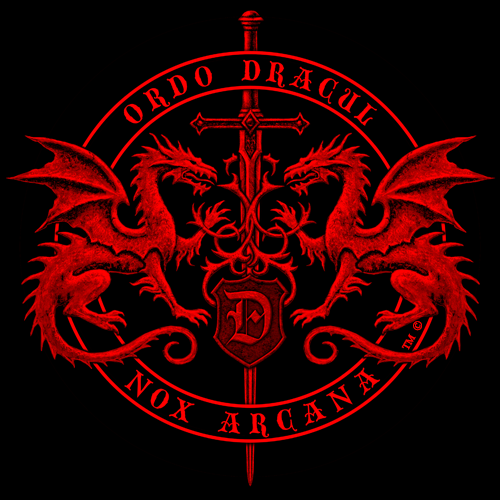
The Legend of Dracula
Bram Stoker's classic vampire character Dracula was named after the 15th century Romanian prince Vlad Dracul III, who earned his place in history by impaling his enemies alive. During the early 1400s, Vlad's father, Vlad II, was the military governor of Transylvania and was made a member of The Order of the Dragon (Ordo Dracul) by the Holy Roman Emperor Sigmund for his part in protecting Christian Europe against the invading Ottoman Empire. After his indoctrination into this secret society of Christian knights in 1431, Vlad's father became known as Vlad Dracul, meaning Vlad "the Dragon." When his son Vlad III was born, he became known as Dracula, meaning "Son of the Dragon," or "Son of the Devil," as some would have it.
Vlad Dracul III, also known as Vlad the Impaler, defended his beloved homeland with savage acts of barbarism. During his bloody reign, he delighted in torturing and murdering anyone who dared to trespass upon his domain. Vlad impaled his victims, skewering them on tall wooden stakes and leaving them on display along the borders of his territory as a warning to discourage invading armies. This favorite method of execution earned him the name Vlad Tepes, meaning Vlad "the Impaler." It is believed that Vlad executed somewhere between 40,000 and 100,000 people in this cruel and horrific fashion.
One of the most notable instances of Vlad's sadistic acts concerned the impalement of hundreds of Saxon merchants at a place called Timpa Hill. Vlad allegedly feasted among the field of dying bodies as they writhed in agony, and was even said to drink the blood of his victims from a bowl. Some may consider Vlad a sadistic bloodthirsty ghoul, but others insist that his ruthless measures were a necessary strategy to restore order to his beloved homeland and keep invading armies at bay.
Vlad was killed in battle in 1476. His corpse was decapitated, and his severed head was put on display in the Turkish capital of Istanbul, while his headless body was allegedly buried at the monastery of Snagov, just outside of Bucharest. In Romania, Dracula is heralded as a national hero who sacrificed his life fighting for his country's independence, however, according to legend, his savage acts and Excommunication from the Church have doomed him to wander the world as one of the undead.
